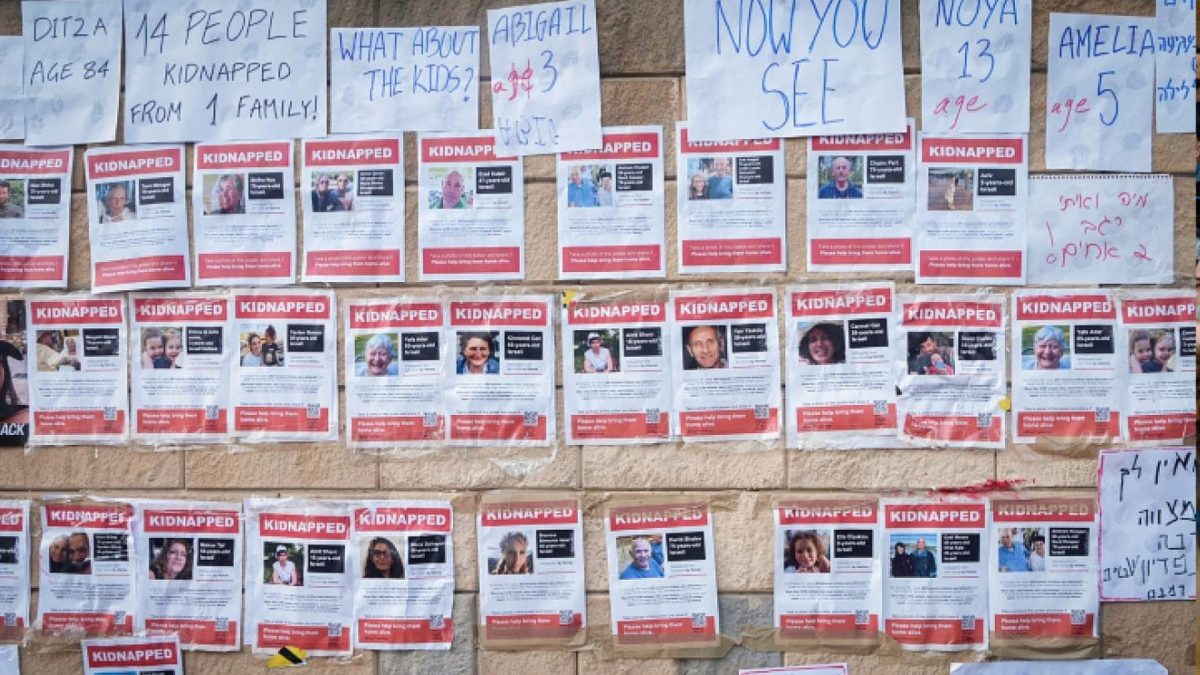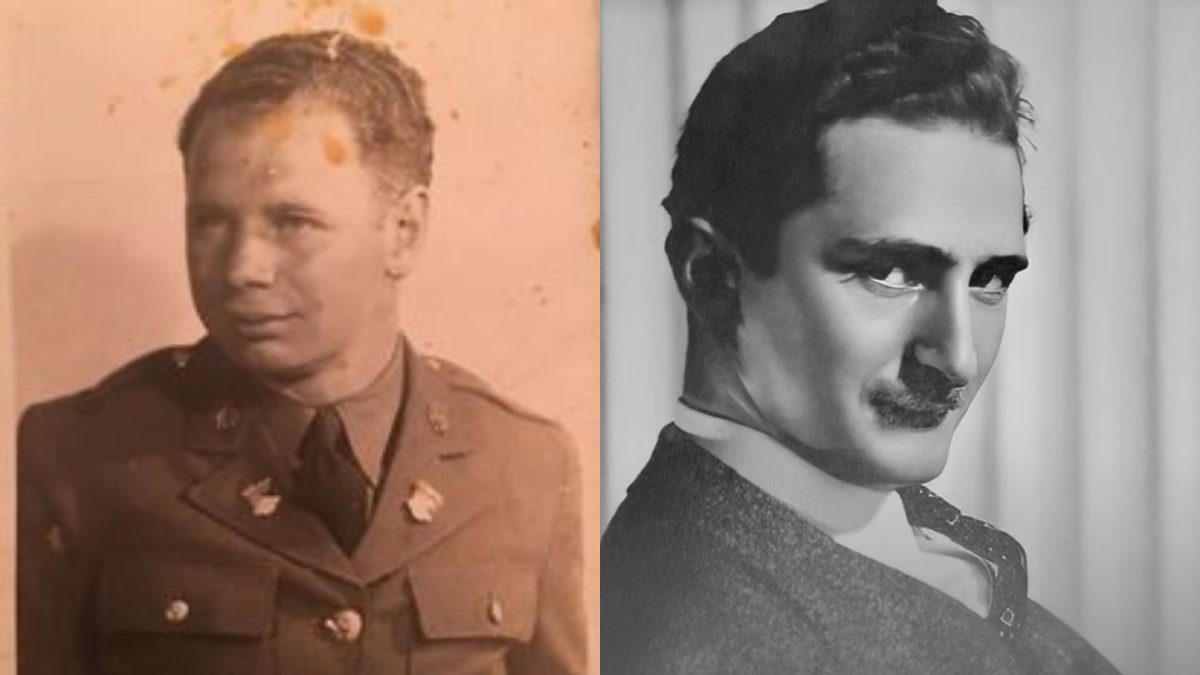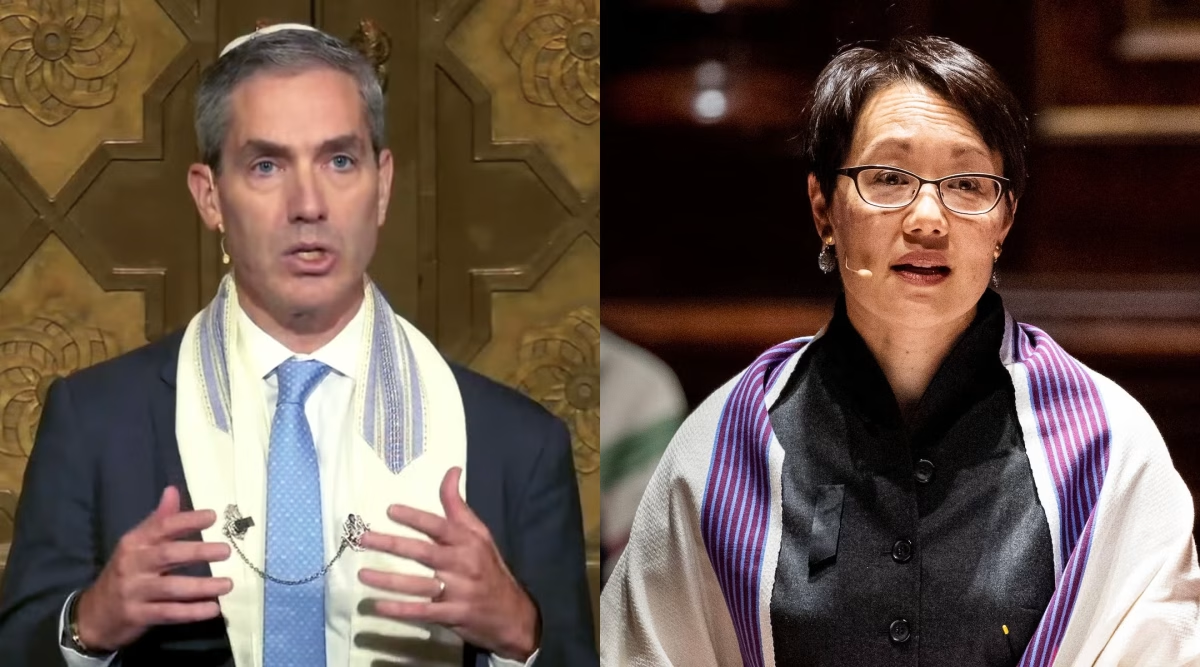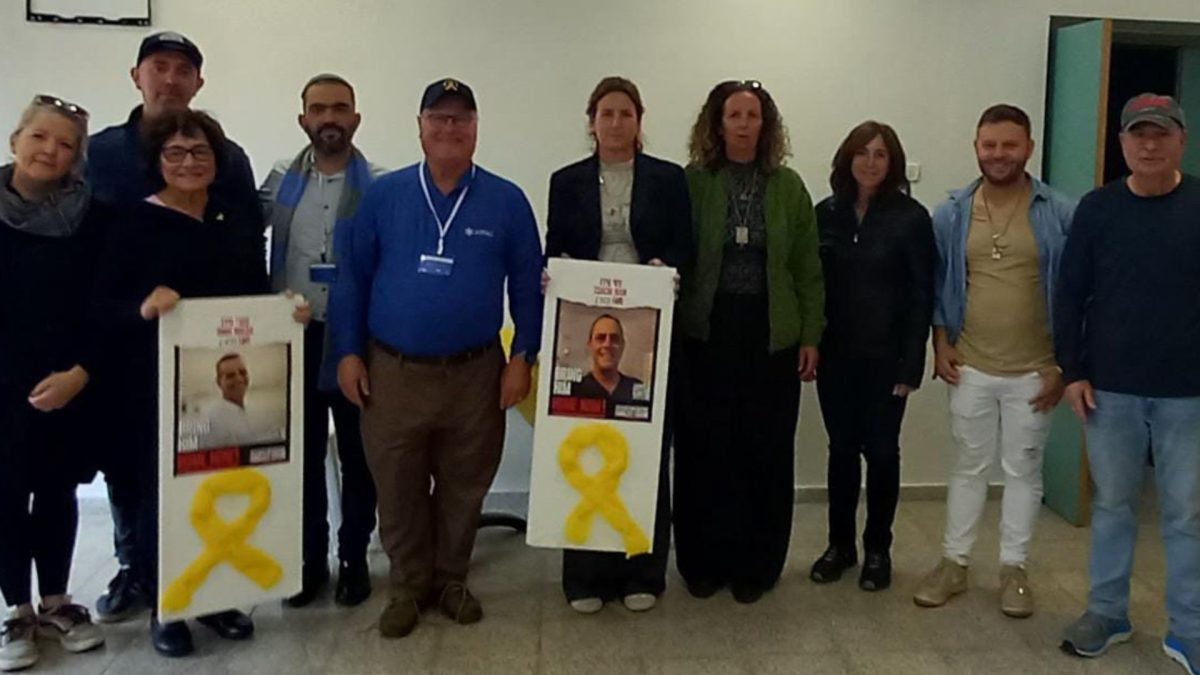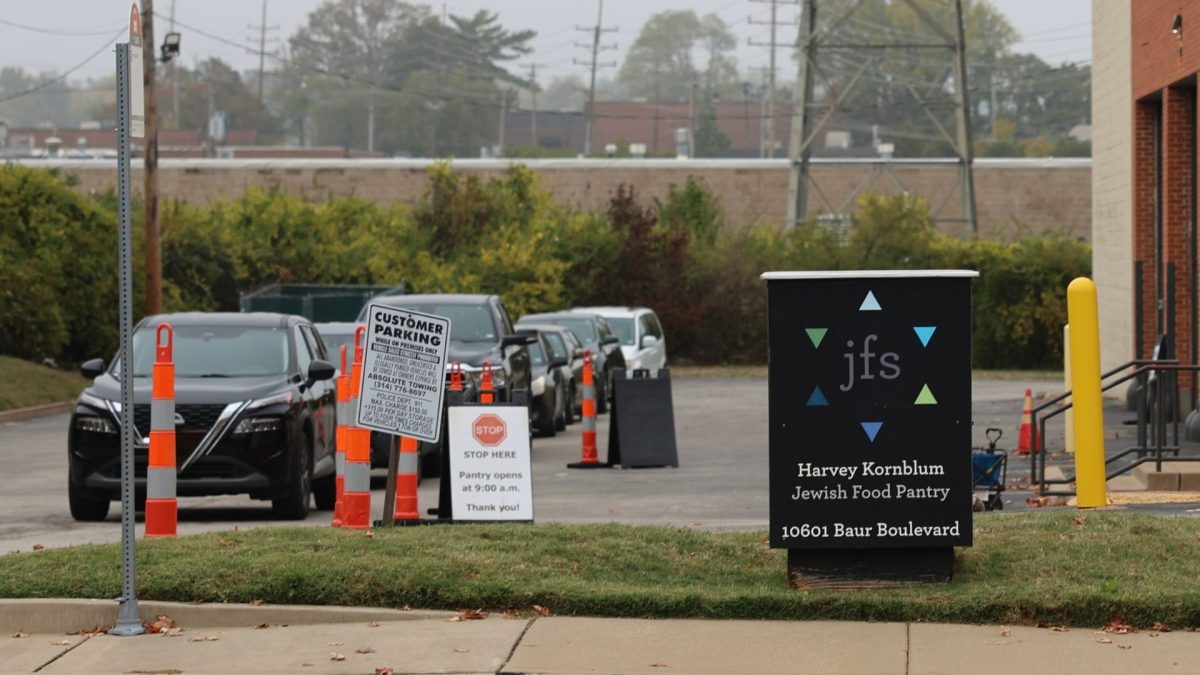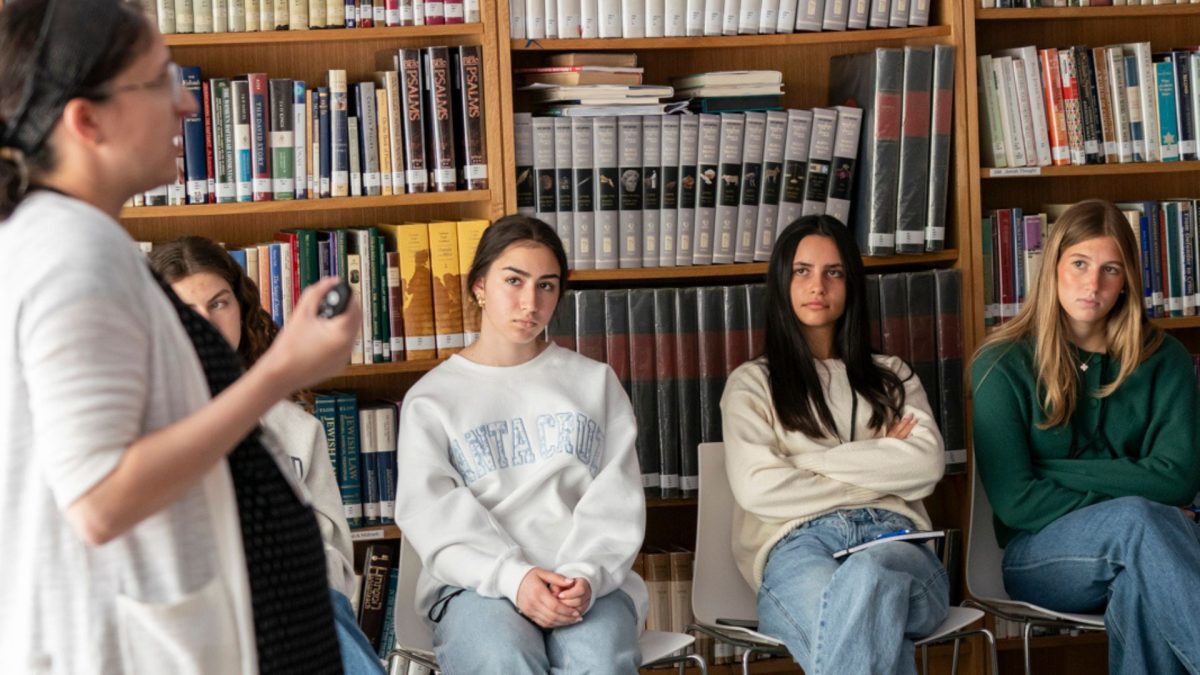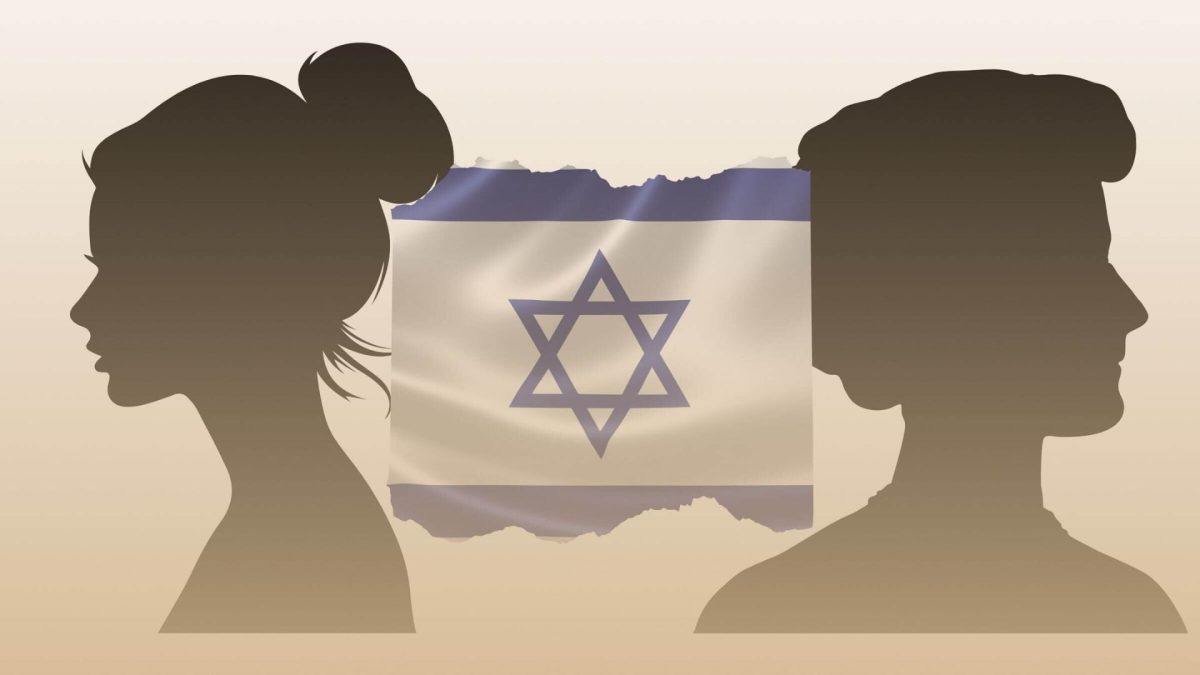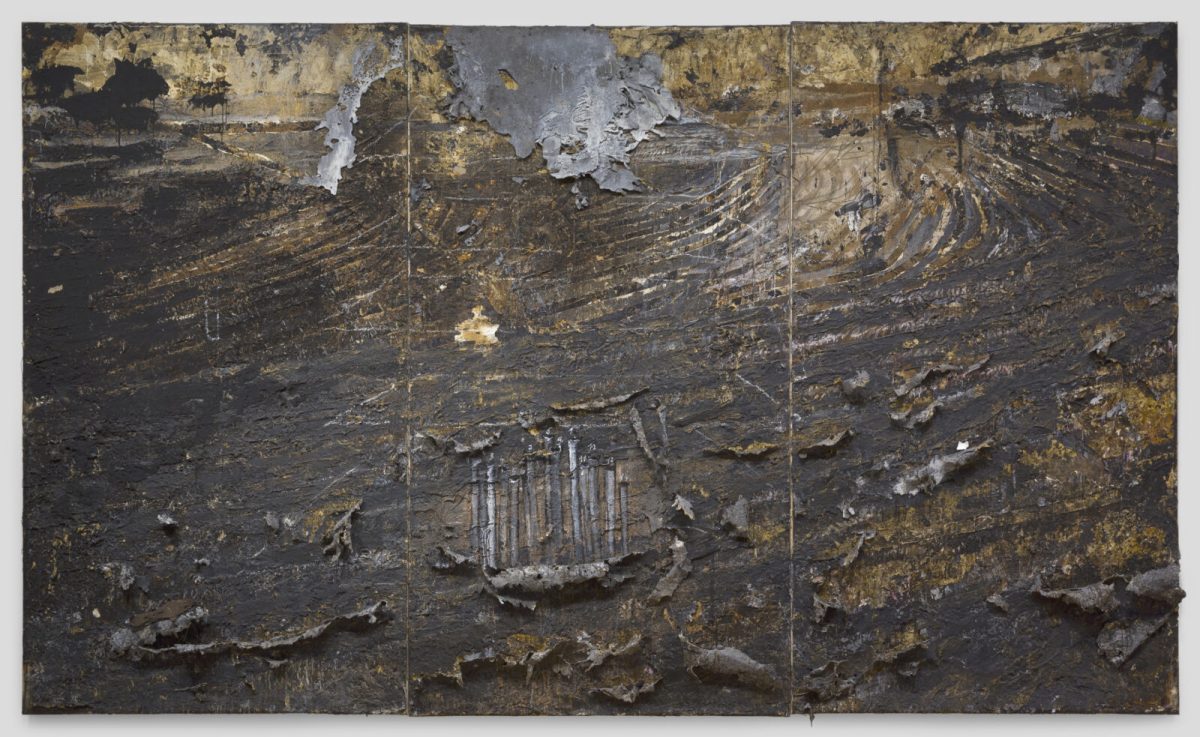It’s been a week, hasn’t it?
Actually, by the time you read this, it’ll be closer to two weeks. But as I started to write this on Sunday, Oct. 15, eight days had passed since Hamas terrorists unleashed a human slaughter onto innocent Israelis (and some Americans and other foreign nationals), murdering more than 1,300 of them in a single day. The most Jews murdered in a single day since the Holocaust.
That Saturday, Oct. 7, began with a text from the Light’s CEO, Betsy Schmidt, at 7:58 a.m.: “Hey, call me when you’re awake.”
ADVERTISEMENT
Bleary-eyed, I did just that, which is when Betsy said something along the lines of, “I think all hell is breaking loose in Israel and it looks really, really bad.”
We looped in digital guru Jordan Palmer, and quickly turned to our network of Jewish news services with journalists all over Israel to help figure out what was going on. Very quickly it became apparent that all hell was indeed breaking loose. We needed to get information to our readers as soon as possible, despite it being Shabbat.
I can remember another time in the not-so-distant past that we published on Shabbat, when 11 were killed and six wounded during the Tree of Life synagogue shooting in Pittsburgh on Oct. 27, 2018. Like the Hamas attack in Israel, Tree of Life also took place on Shabbat morning.
By 10:09 a.m., we had posted a half-dozen stories about the violence in Israel on our website and sent out a special edition of the Morning Light email newsletter (typically, sent Monday through Friday) to our 7,200 subscribers. That afternoon, at 2:58 p.m., a second newsletter with another half-dozen stories alerted readers to more bleak news: “250 Israelis dead, 1,500 injured amid Hamas rockets and terror infiltrations” along with “Hamas claims 53 captives taken to Gaza.”
ADVERTISEMENT
On Sunday, the Morning Light was dispatched at 9:02 a.m. with another six stories, including one that put the rising Israeli death toll at 600. When I checked the Sunday Post-Dispatch (we still get it delivered daily), much to my disappointment and frankly, shock, I found nothing on the front page about Israel and Hamas — not even a teaser to a story elsewhere in the paper. And the one story I did find inside the paper said very little. How could a major daily in a city with roughly 65,000 Jews have nothing on its front page (nor when I checked mid-morning on its website) about a full-scale war? I still don’t understand.
In fact, it wasn’t until Tuesday that the print edition ran a front-page Israel-Hamas story. But it focused on the reaction elected officials had to statements made by U.S. Rep. Cori Bush, who denounced the violence there but added, “As part of achieving a just and lasting peace, we must do our part to stop this violence and trauma by ending U.S. government support for Israeli military occupation and apartheid.”
Nowhere could I find an article detailing the pain, terror and grief of Israelis whose family members had been murdered or captured, or an article about anyone in the St. Louis Jewish community dealing with the fear and frustration of not knowing the fate of their relatives.
I’m not saying that the Post should have done these exact stories, but come on, how about a piece about real people in real time impacted by the terrorism? How could the P-D be so tone-deaf? (In all fairness, a few of those kinds of stories came later in the week.)
By Monday, Oct. 9, two days after the war broke out, our four-person editorial team met to strategize going forward. We started calling our sources, including Israelis now living in St. Louis as well as St. Louisans who made aliyah or have strong ties to Israel. We also contacted rabbis and other clergy, local Jewish community officials, security experts and organizations that track antisemitism. As a result, we were able to assemble a nuanced story that provided local reaction to the tragedy unfolding in Israel.
By Friday, we had published stories about:
• A beloved Israeli counselor at an area summer camp who was murdered at a music festival near Gaza
• A lone soldier from Clayton now serving in the Israel Defense Forces
• A solidarity gathering at the Jewish Community Center that drew 1,500 people
• An Israeli Ph.D. student at WashU who donated her winnings in a thesis competition to the IDF
• Local Jewish day school educators talking about the war to young students.
The work left our editorial team exhausted but gratified to have introduced our readers to some of the hundreds of thousands of people impacted by this war. We only wished we could have done more.
My purpose here is neither to pat our team on the back (OK, maybe a little) nor to bash the Post-Dispatch. As a former P-Der of 25 years, I feel a strong affinity to the paper and know first-hand how many talented journalists work there.
It’s almost become sport to knock the local daily, but believe me, without the Post-Dispatch, St. Louisans would lose out on so many vital stories that affect their daily lives. It’s just that when the Israel-Hamas war broke, some P-D news editor or editors seemed to sleep through it, and they need to wake up.
You don’t have to work in journalism to know the hit the media business — especially newspapers — has taken in the last few decades. As advertising revenue continues to decrease, so do newsroom resources, with fewer people trying to do more.
It’s just that in my 15 years as editor of the Jewish Light, I can’t remember being prouder of the work we did than during this last week. And yet, I go to bed every night wishing that work didn’t need to be done in the first place, and that the human nightmare and mounting loss of lives, for Israelis and Palestinian civilians, was all a bad dream.
Then I remember that “never again” has turned into yet again, and I pray for peace.



